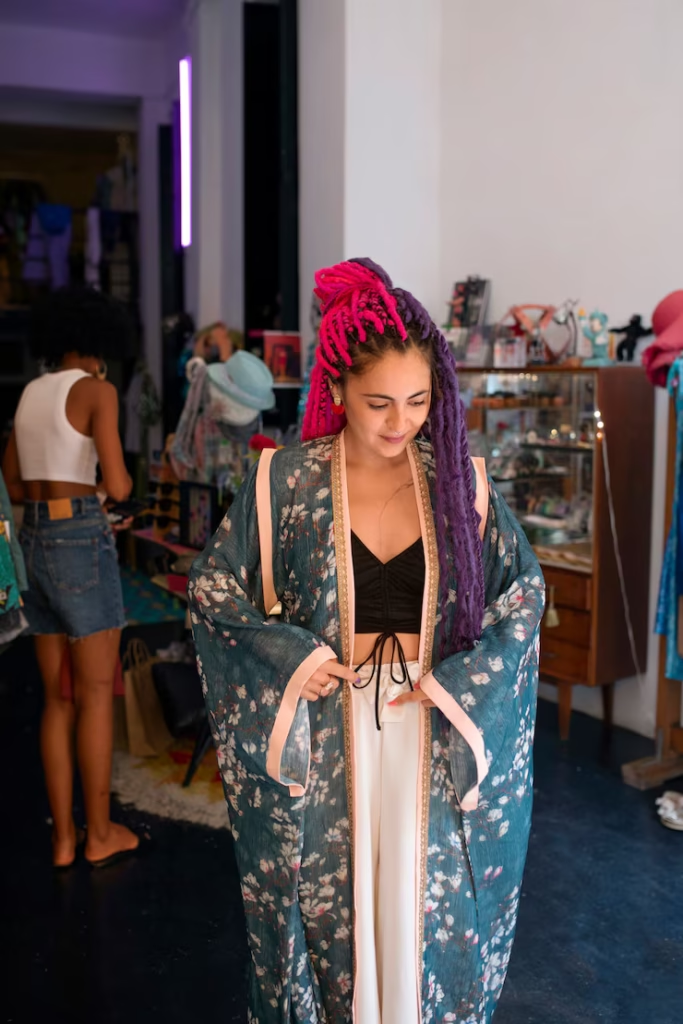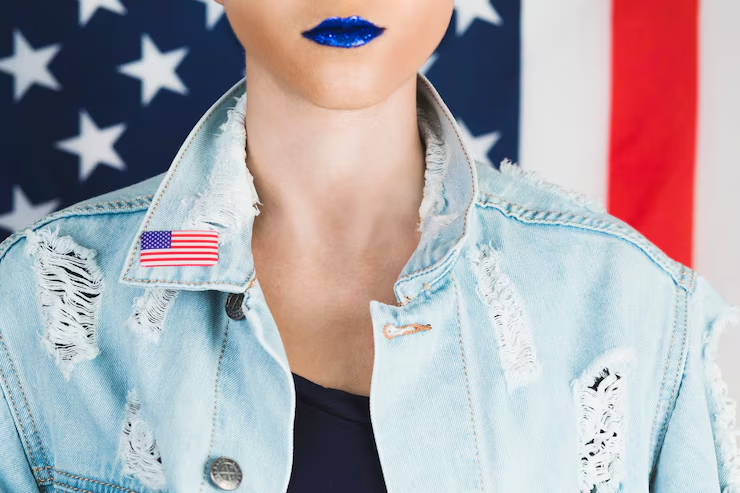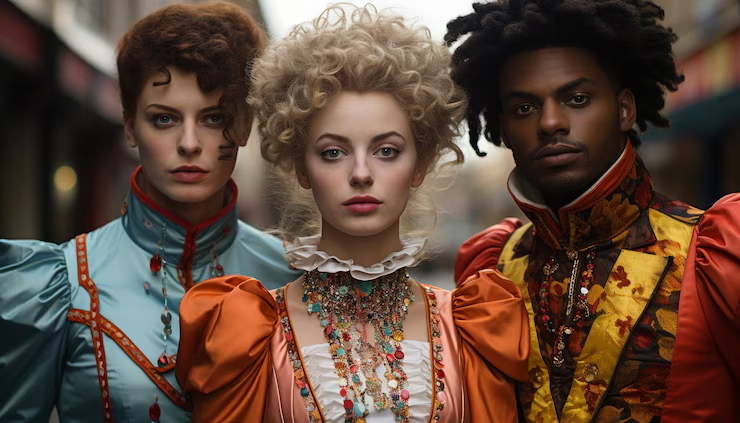Table of contents
Fashion is far more than just clothing—it’s a visual language that expresses identity, beliefs, and social change. Throughout history, fashion reflects political and cultural movements by acting as a silent yet powerful form of protest, unity, or revolution.
From suffragette sashes to punk leather jackets, this blog explores how fashion reflects political and cultural sentiments across time and continues to evolve today.
🧵 Fashion as a Political Statement

Fashion has long been used to communicate dissent or solidarity. In the early 20th century, suffragettes wore white dresses as a symbol of purity and the right to vote. During the civil rights movement, Black activists wore natural hairstyles like afros to celebrate African heritage and resist Eurocentric beauty standards.
Today, political fashion is seen in movements like Black Lives Matter, climate activism, and feminist rallies, where slogans are worn proudly on T-shirts, hats, and accessories.
🌍 Cultural Movements in Style

When discussing how fashion reflects political and cultural change, it’s essential to look at how marginalized groups use clothing to reclaim identity. Indigenous beadwork, hijabs in fashion, or streetwear from inner cities show how culture shapes style and vice versa.
Cultural shifts, such as the embrace of gender fluidity, have also influenced fashion norms. Designers are now creating gender-neutral lines, and traditional male/female silhouettes are being reimagined.
✊ Protest and Rebellion Through Fashion

Certain subcultures have emerged primarily as acts of rebellion:
- Punk fashion in the 70s stood against consumerism and conformity.
- Hip-hop fashion was born from a need to create identity and visibility in underserved communities.
- Grunge reflected the disillusionment of youth in the 90s.
These styles not only made political commentary but later influenced mainstream fashion, proving that fashion reflects political and cultural realities even when born from resistance.
💻 Digital Activism & Modern Expression
In the age of social media, fashion activism is even more visible. Hashtag-driven campaigns and viral fashion moments bring political issues to the forefront. Brands now face pressure to respond to cultural changes quickly, whether it’s supporting Pride Month or committing to sustainable fashion.
The consumer now holds power by choosing to support brands aligned with their values, showing again how fashion reflects political and cultural consciousness.
🧠 The Future of Political & Cultural Fashion
As global challenges continue to evolve—from climate change to human rights—fashion will remain a key tool for commentary and action. With more designers from diverse backgrounds, expect to see even more collections inspired by social movements, cultural heritage, and political advocacy.
Fashion will always be more than fabric—it’s a mirror of the moment.
FAQ: Fashion Reflects Political and Cultural
Fashion has mirrored significant political events such as wars, civil rights movements, and revolutions by symbolizing unity, rebellion, or national identity.
Items like the African dashiki, Mexican huipil, or Japanese kimono represent cultural pride and are often worn to celebrate heritage or resist cultural erasure.
Yes. Clothing can raise awareness, unify groups, and challenge authority, making it a tool for social influence and visibility.
Absolutely. T-shirts with activist messages, sustainable fashion movements, and gender-inclusive clothing all reflect modern political and cultural concerns.
Support ethical brands, wear clothes that express your values, and use social media to highlight important issues through what you wear.





